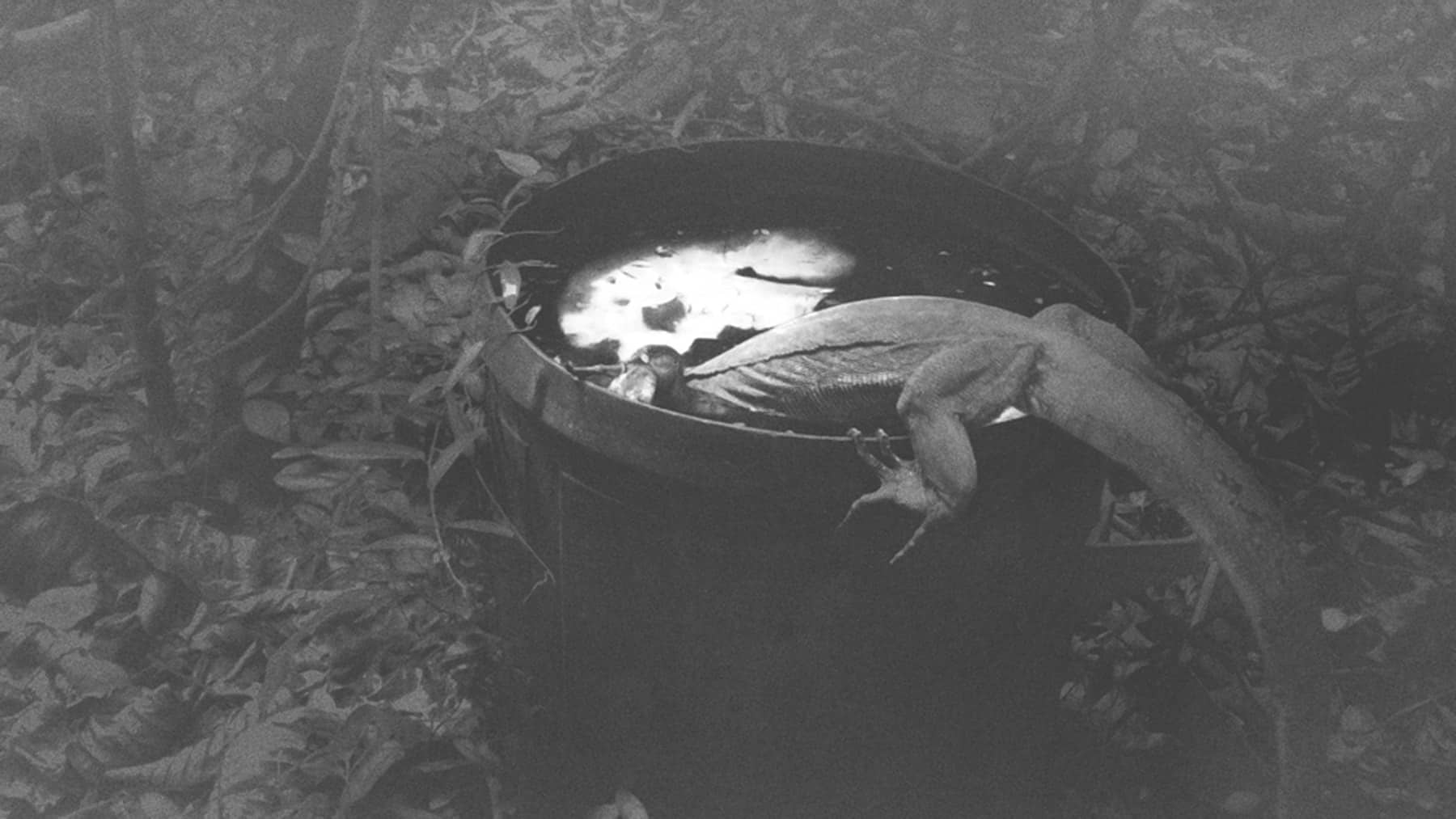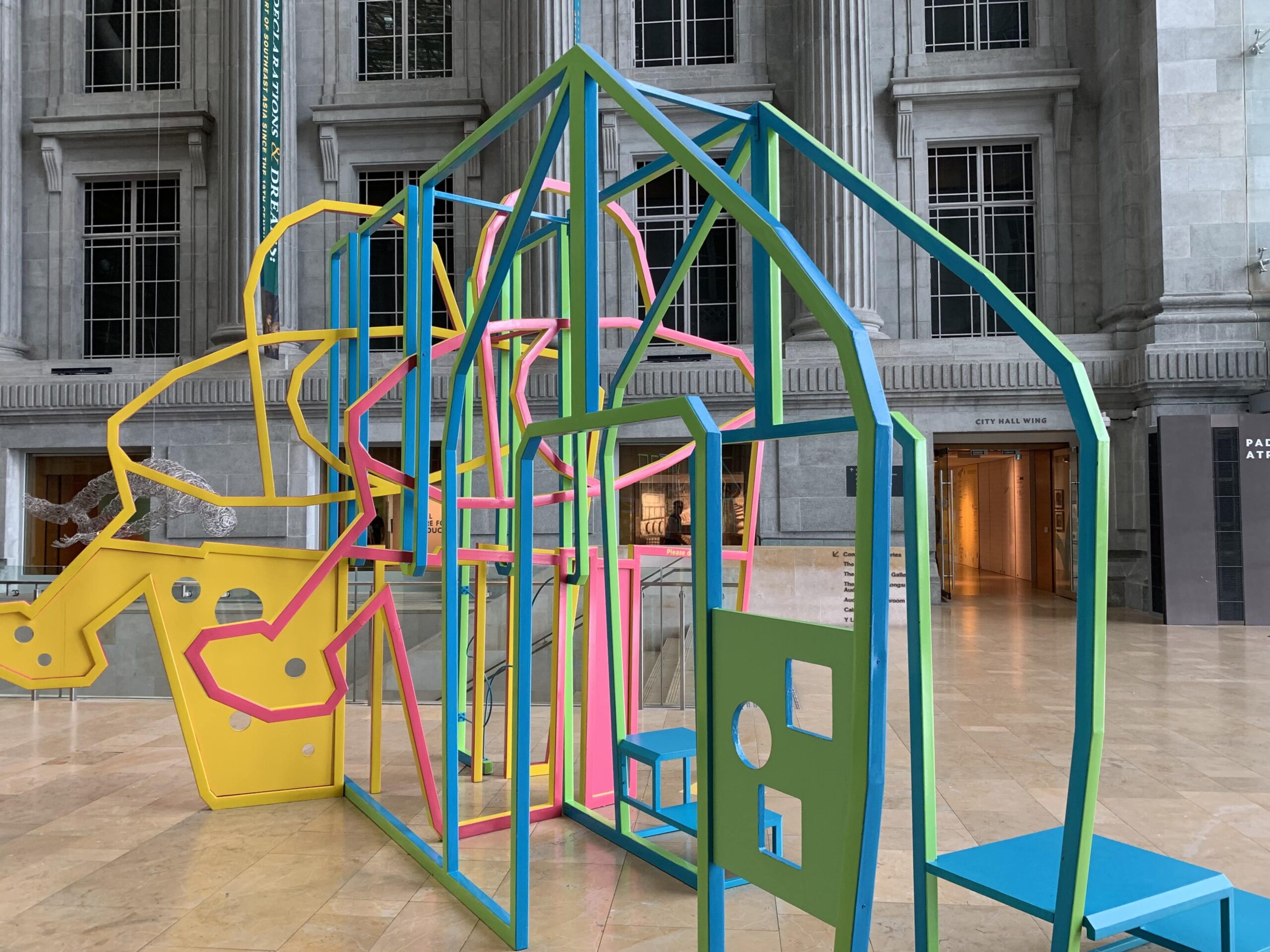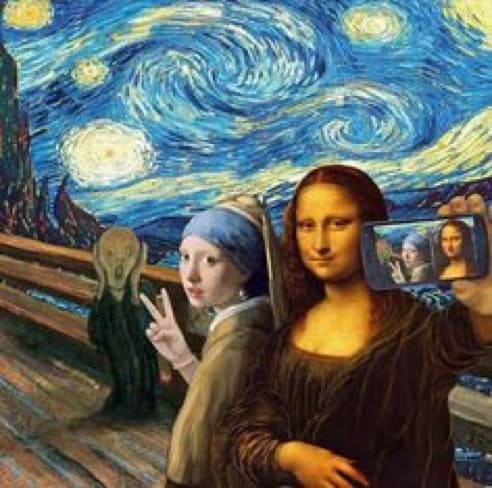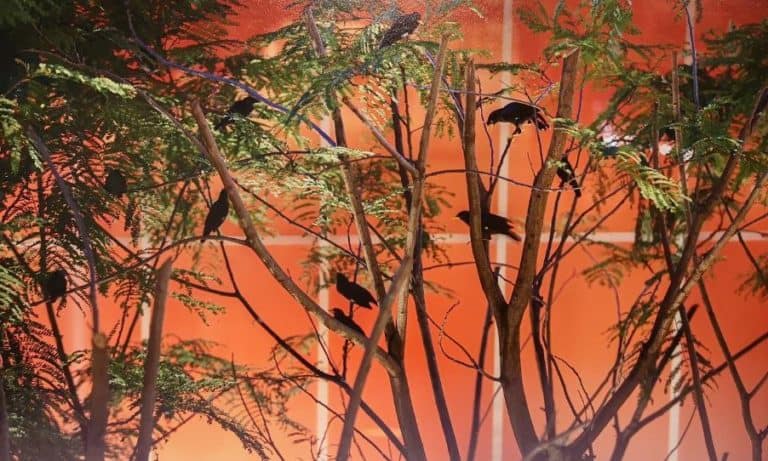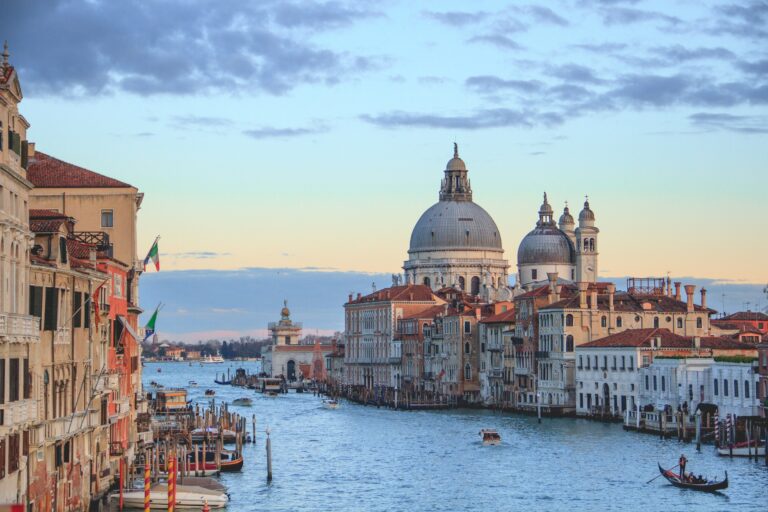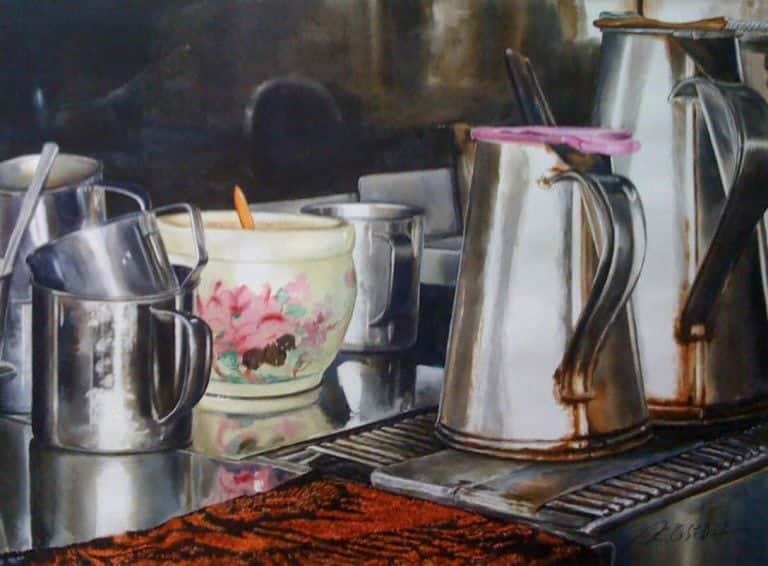It’s two months into lockdown and my days have degenerated into a blur of Netflix documentaries, thrice-daily servings of cocoa pops and keeping my houseplants alive. So when Mizuma Gallery brought their exhibition The Seeds We Sow online, complete with videos and an artist talk over Zoom, I say without exaggeration that I positively jumped onto the experience.
Stepping into the exhibition (by which I mean clicking on the virtual exhibition thumbnails, but one begs a little imagination here), the viewer is greeted by a red sea of 10,000 plastic plant pots that comprise Ang Song Nian’s Artificial Conditions (2019). Slight undulating slopes in the installation, created by pots stacked to different heights, allude to the mimicry of natural terrain that landscaping efforts are designed to achieve. By stripping away the plant and soil, Ang questions the commodification of plants for “greenery”, and confronts the sometimes-farcical notions of our proximity to “nature” that condominium brochures would have us believe.
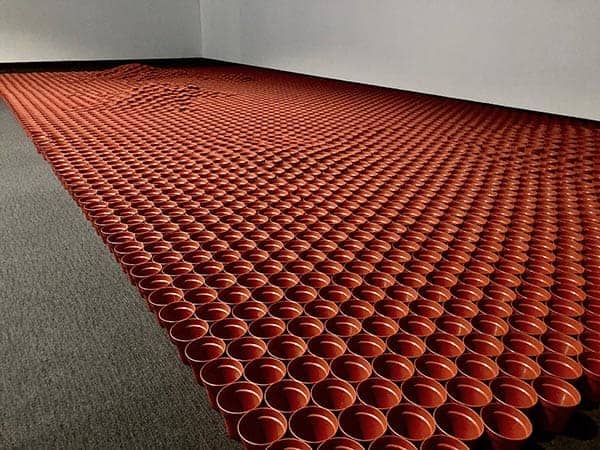
Touching also on human manipulation of nature is Marvin Tang’s The Colony – Archive (2019-present), an ongoing work that investigates the impact and agenda of botanical institutes established by the former British Empire within its colonies. In this installation, a series of postcards from Singapore and Kew Gardens in London, created by the artist or found in archives, is displayed side-by-side. One could easily be fooled into believing that they belong to the same garden despite being located continents apart – their homogenous style reflecting the English landscape garden movement of the day. Tang takes interest in what he terms the “impossible landscape”, where plants from different parts of the region were brought together in one garden by the British – a careful curation of species to be researched and exploited for economic and agricultural purposes.
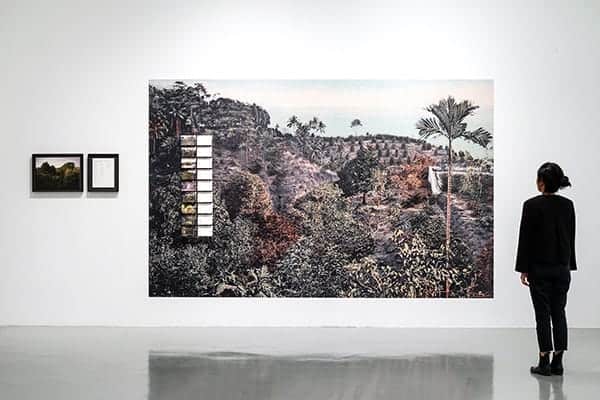
This curious juxtaposition of plants that would otherwise never coexist in nature, if not for human interference, features also in Ang’s other work, As They Grow Older and Wiser (2016-present). Looking at (pictures of) his pictures of lush foliage and canopy tops, one could easily believe that these are natural forests (as I did – shameful, but unexceptional for my generation I daresay!). In reality, each photograph depicts a manicured assemblage of potted plants at various plant nurseries that Ang has visited. Evidence of human manipulation emerges upon closer examination of the photographs – glimpses of brightly-coloured twine, bamboo trellises and black plastic pots that Ang has deftly left in the composition. The manipulation, objectification and commercial exploitation of nature is thus underscored.
Viewed together, these works point an incriminating finger at the viewer, questioning: in the myriad of ways that mankind has colonised nature, how are you (houseplant-loving, “city in a garden”-dwelling human) complicit?
Now, as a proud pot-carrying member of the COVID Gardeners League, I feel I must defend my windowsill bok choy. Tending to plants organically is humbling – any notion of infallible human control over nature quickly flies out the window when blight, insects and root rot inevitably hit. Bok Choy and I have settled into a comforting symbiotic relationship, where she depends on me for water and compost, and I on her for my sanity during lockdown. I am also a fan of our local roadside trees, fastidiously manicured and evenly-spaced as they are. Yes, it isn’t Nature with a capital-N, but beggars can’t be choosers, and we entertain no such illusions.
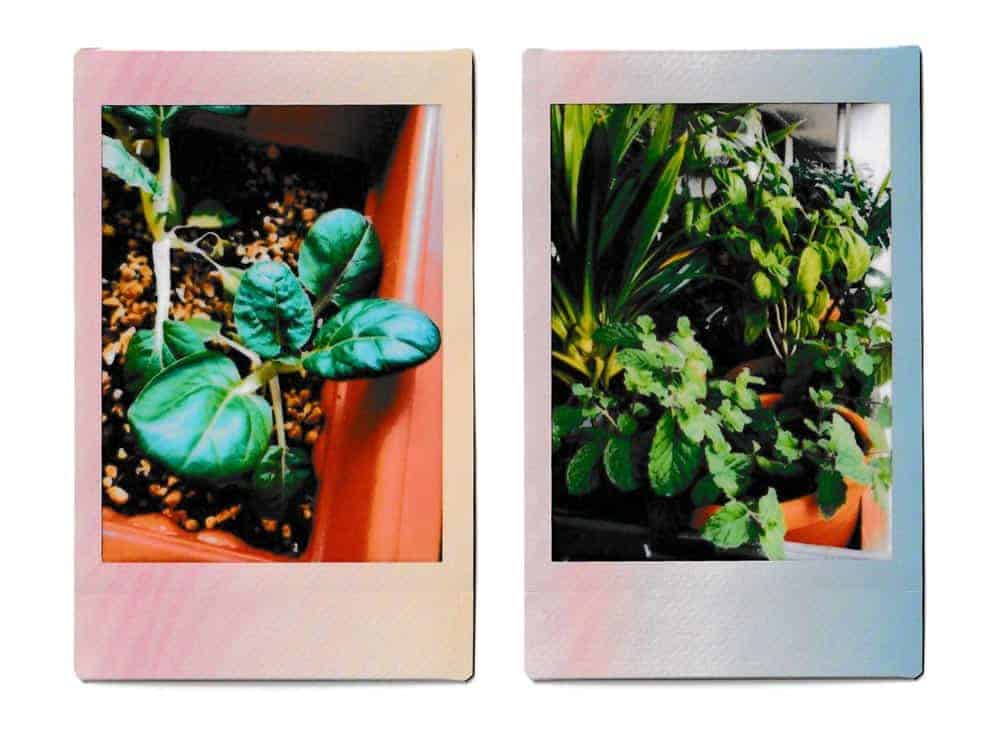
That said, the irony that Ang and Tang highlight is not lost on me. Proper ecosystems are destroyed to make many of the common substrates that go into potting mixes – peat moss, for example, is extracted from fragile bog ecosystems, destroying peat layers that comprise the world’s largest natural terrestrial carbon sink and take centuries to develop. (Minimise your impact by substituting a mix of coco pith and organic compost, which works just as well.) It is also disturbing to view plants being advertised for their “air purification”, “free radical-combating” or even “space beautification” properties – a mechanical commodification of nature that reduces the plant-human relationship into what it can do for us, when in reality the relationship cuts both ways.
Robert Zhao’s reminder that “humans and nature are not very far apart… we affect one another and leave effects on each other,” is never timelier than now; the encroachment of human settlements upon wilderness in recent decades has led to unprecedented rates of habitat destruction and species decline worldwide, while also exposing our delicate human hides to zoonotic viruses such as Ebola and Covid-19.
Zhao’s Laughing Thrushes, Scolding (2019) and Monitor, Swimming (2019) feature photographs taken from remote sensing cameras that Zhao has been placing inside a local wasteland forest since 2016. In them, wild creatures make use of a rubbish bin left behind by workers as a pond and watering hole, co-opting this human artefact back into nature. Some of the species in this secondary forest are, in fact, invasive species introduced by humans – further blurring the distinction between what is “natural” and what is not.
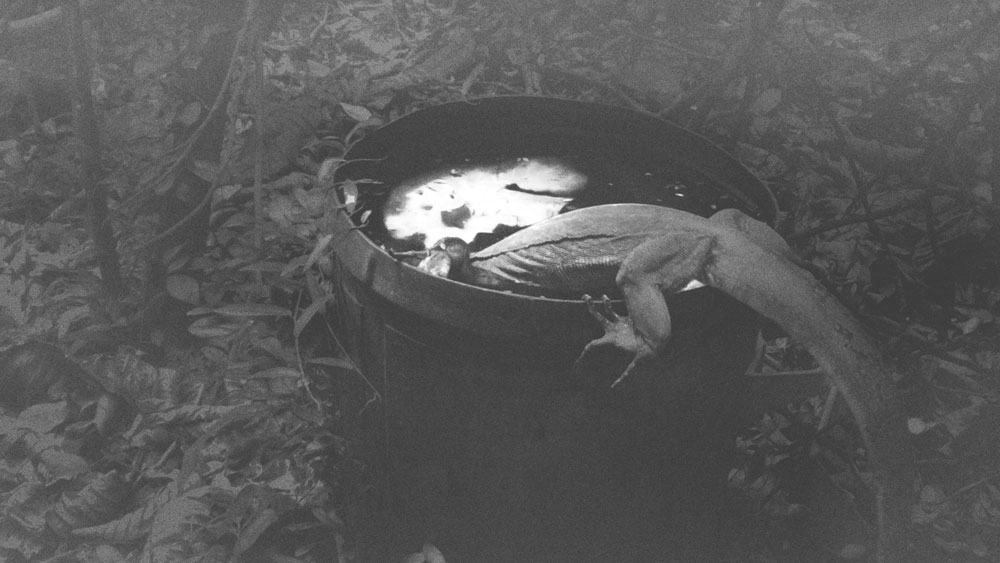
In her work Reclaimed Sculpture: Domestic Landscape (2020), Zen Teh approaches the connection between man and nature from another angle. A refurbished wooden cabinet opens up to a constructed photograph of tiny humans shrouded against a majestic backdrop of cliffs and waterfalls, a la the Song Dynasty paintings which the artist takes her inspiration from. Teh explains that the internal space of the cabinet reveals “the mindscape of the artist”, reflecting her current emotional state and yearning towards nature. A philosophical meditation is thus presented: is there not nature within man, and man within nature?
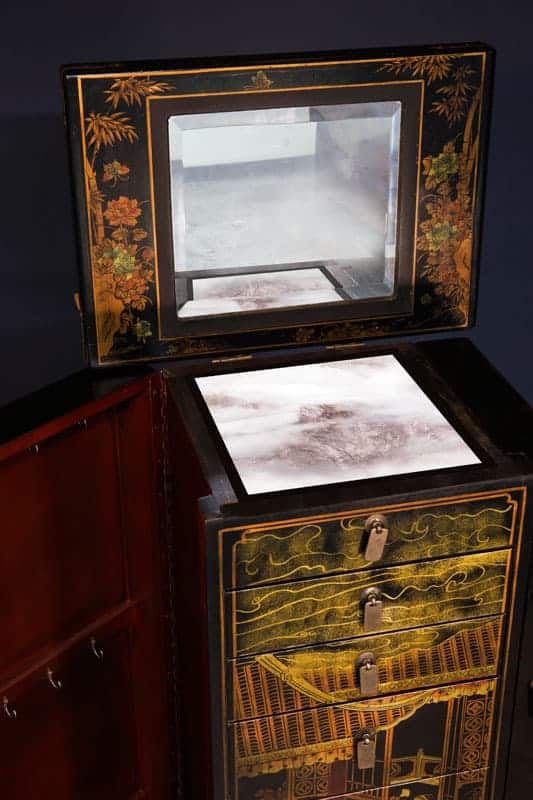
Perhaps one last question to round off this contemplation on the relationship between nature and mankind: what is this concept of “Nature”, really? Most people probably envision “Nature” as some form of pristine wilderness devoid of human presence, perhaps inserting a scene or two of dramatic predatory hunts National Geographic-style. In reality, there is scarcely a place on earth untouched by humans, and even scientists struggle with its definition. And as Zhao quipped during his artist talk, “we always expect nature to entertain us”, but that anyone who followed him into a forest would agree that “nature is so boring” – a lot of mosquitoes and no drama!
I must say, viewing a virtual exhibition was surprisingly satisfying. Instagram has no doubt eased our way into consuming art online (just compare the number of exhibitions you attended in person with the number of art-related posts you liked on Instagram last year). I would imagine that a virtual experience favours certain mediums over others – I’m not so sure, for example, that I would have as positive an experience with, say, a textile- or sculpture-focused exhibition, where being able to appreciate the textures and effect of light from different angles is paramount to the viewer experience – although that remains to be tested.
In summary: would I have preferred to observe the play of shadows in the valleys of Song’s sea of pots, and to scrutinise the minute painting details on Teh’s cabinet, under the sterile white lights of a gallery hall (wine glass in hand)? Probably. Does this irrevocably diminish my experience as audience? Not at all. And honestly, not having to travel to the butt-end of the Circle Line and brave the heat and hills of Gillman Barracks for an artist talk – now that’s a win in my book, mosquitoes be damned.
______________________
The exhibition “The Seeds We Sow”, will now run until Sunday, 19 July 2020. In line with the Singapore Government’s phased approach to resuming businesses and activities safely, The Seeds We Sow at Mizuma Gallery will re-open from Tuesday, 23 June 2020 onwards. Please refer to the Mizuma Gallery website for details.
You may also view the exhibition online here, as well as the Artist Talk featuring the four artists here.
